Science and technology raised our standards in various ways. Crimes are executed by keeping minuscule details in check. Criminals are racing in advancement to commit heinous crimes but forensic specialists are not left behind. In short, perpetrators excel in crimes like getting rid of the evidence by dumping it in water bodies or sewers so that no one can identify the origin. Small particle reagent is the gold standard method for fingerprint identification on wet non-porous surfaces without prior drying. It develops the fingerprints by binding with lipids present in the fingerprint residues and forming a colored complex for visualization. SPR can also be used to develop latent fingerprints without prior drying where wet conditions are involved such as cargo accidents, sea spillage, etc. In this work, a new SPR formulation based on basic zinc carbonate, detergent, and Phloxine B dye has been prepared and tested in tap water as well as sewage water for the period of 30 days and 84 hours respectively. After analyzing the results, it was concluded that the suspension gave outstanding results and can be used for real crime scenarios by investigative professionals as well.
Abstract of the dissertation:
A novel small particle reagent (SPR) composition based on basic Zinc carbonate (Zinc carbonate hydroxide monohydrate, ZnCO3.2Zn(OH)2.2H2O) in combination with fluorescent Phloxine B dye and liquid detergent was formulated. The composition was tested on various non-porous surfaces such as glass, transparency sheets, stainless steel, and aluminium foil, after immersing them in tap water for a period of 30 days and sewage water for 84 hours. Fingerprint quality was assessed by developing each immersed surface with SPR every day. The composition gave sharp, clear, and detailed prints for an extended time period. Moreover, the best results were given by glass followed by transparency sheets, and aluminium foil in the case of tap water while, for sewage water, stainless steel surface gave the best results followed by glass. The materials used in the present formulation were cost-effective and non-hazardous. The shelf life of the novel composition was also tested on fresh prints and was found to be 8 weeks. The composition’s non-toxic nature and rapid development process make it a suitable technique to use at the scene of the crime (SOC), along with other conventional methods.
Dimpal
M.Sc. Forensic Science- Batch 2020-2022
Contact: kushwahadimpal92@gmail.com
Supervisor: Jaisleen Kaur


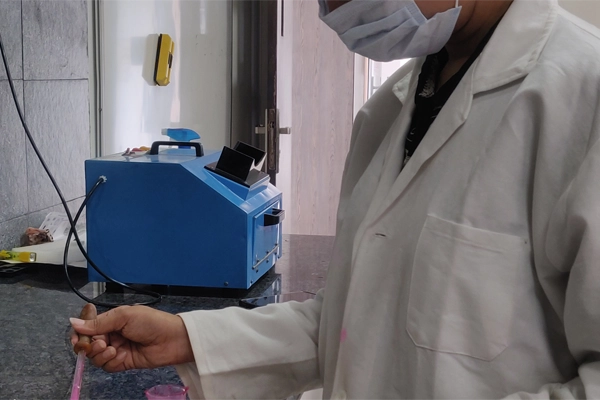
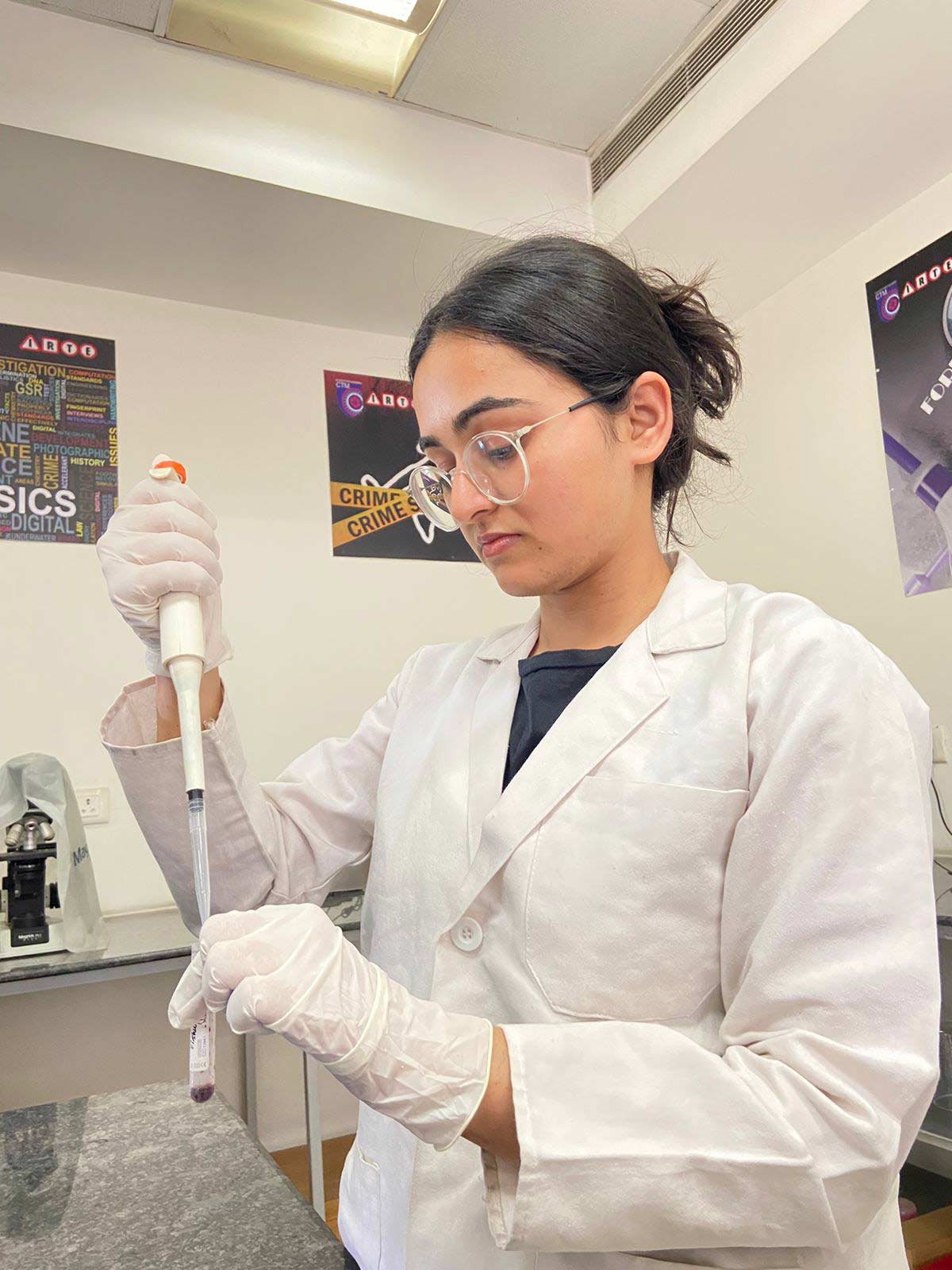
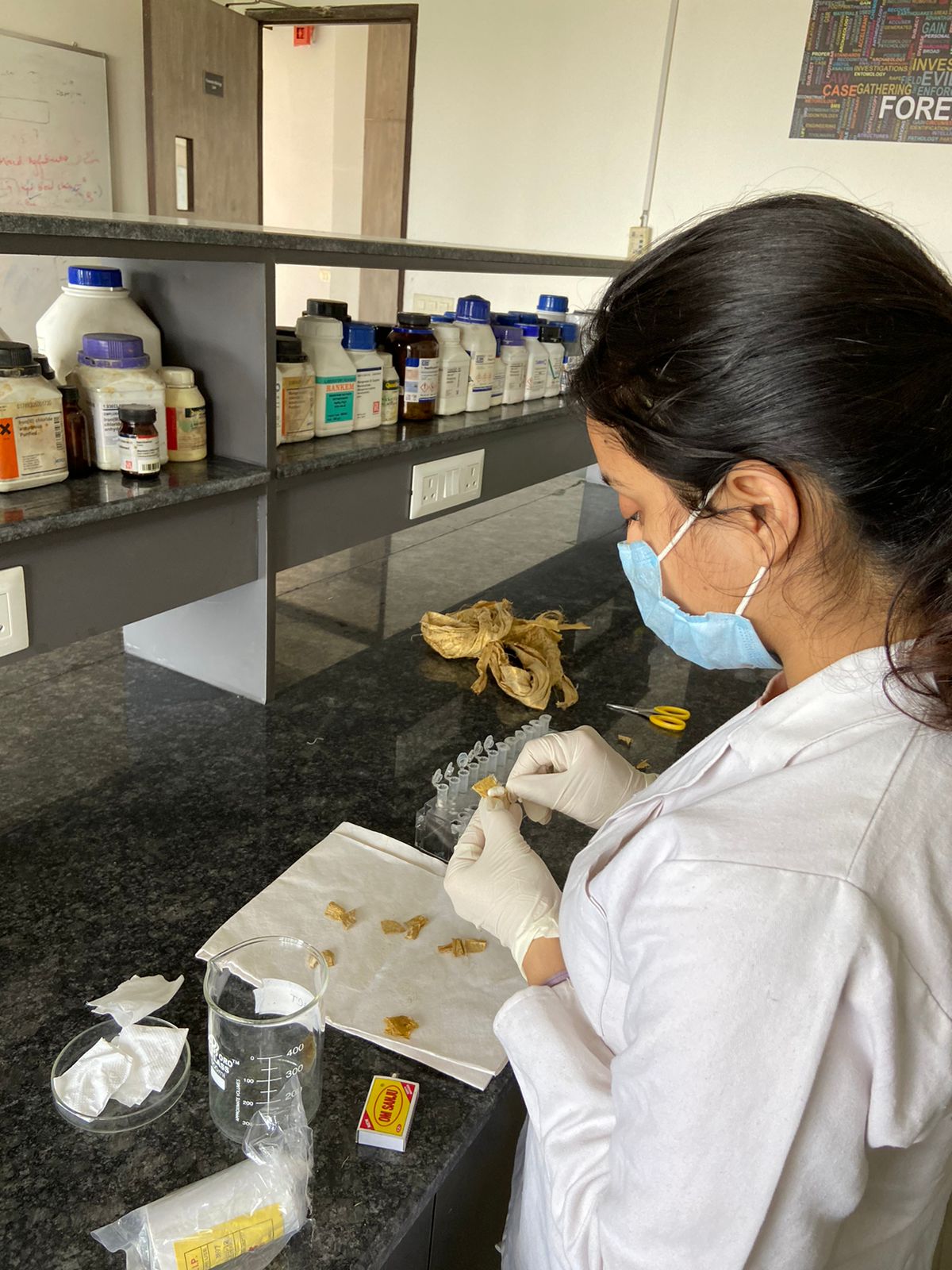
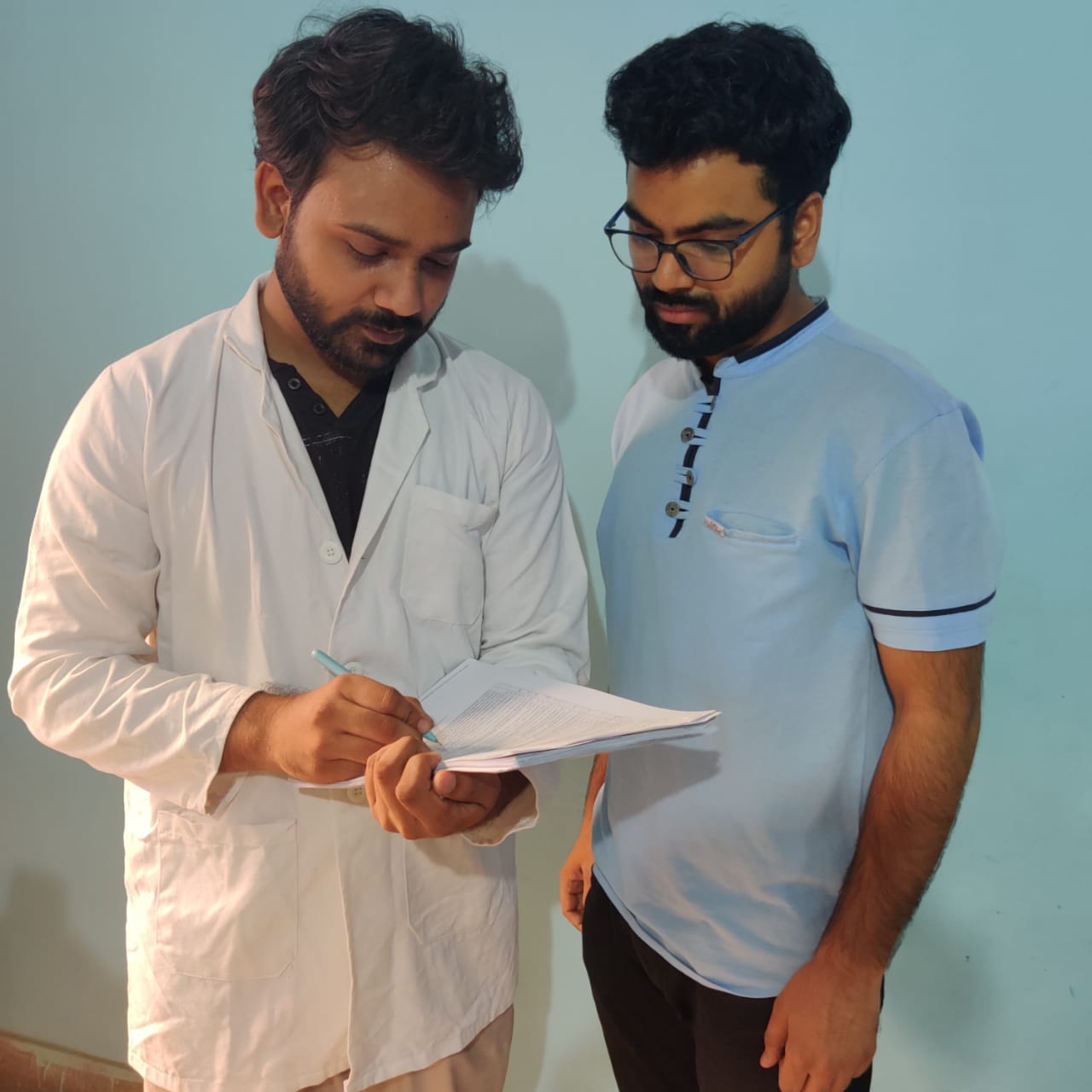
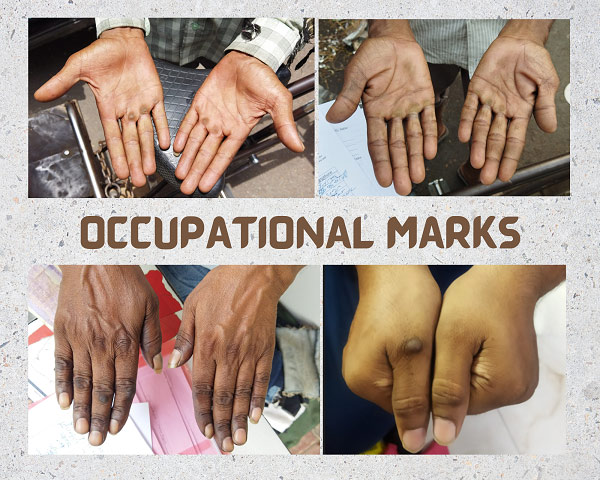
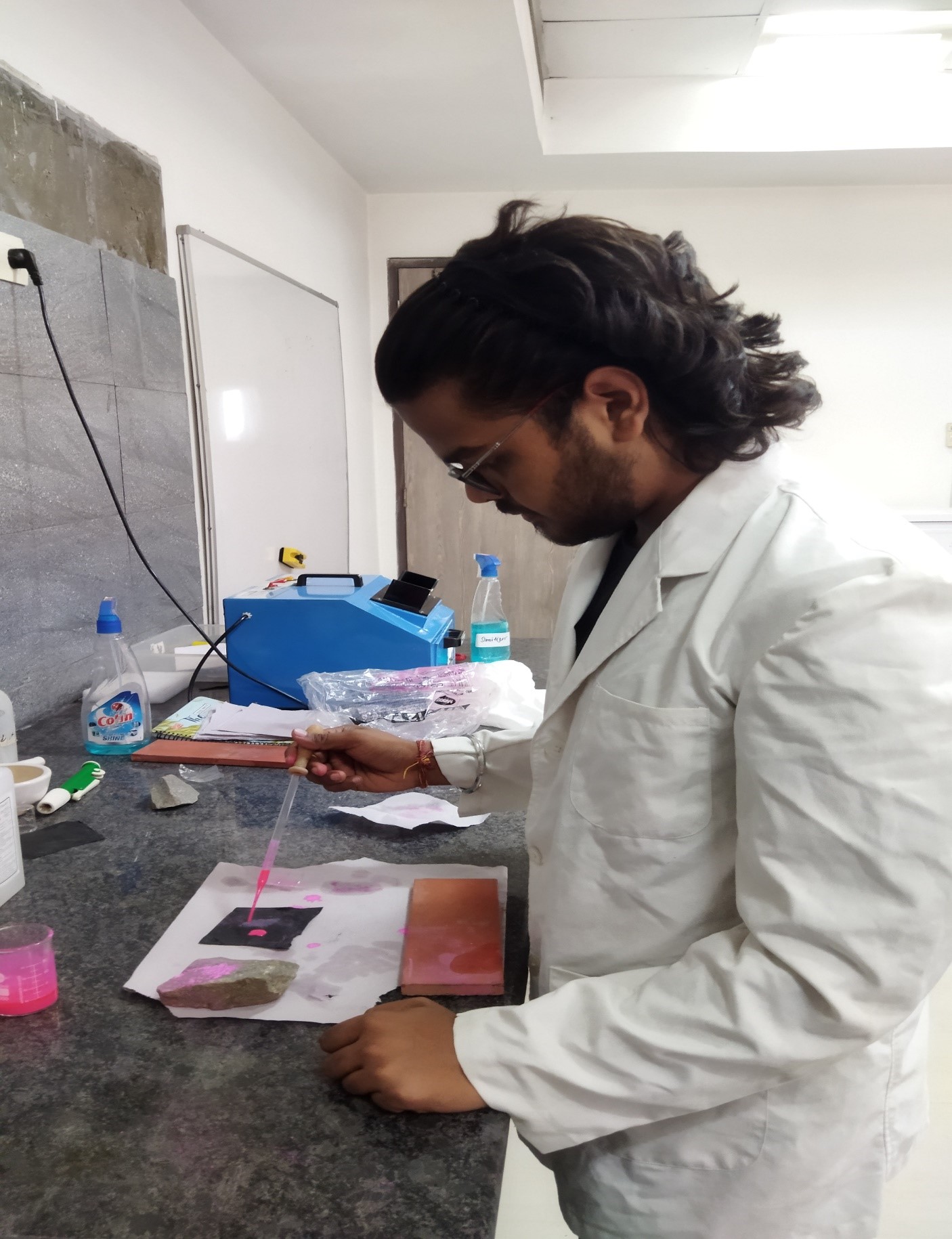
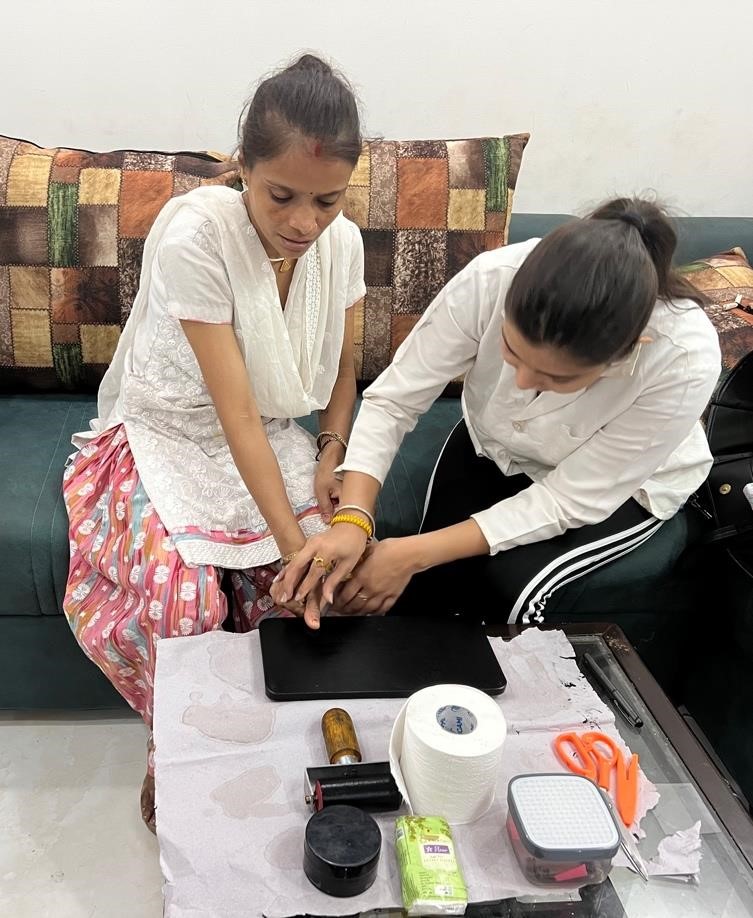
No Comments